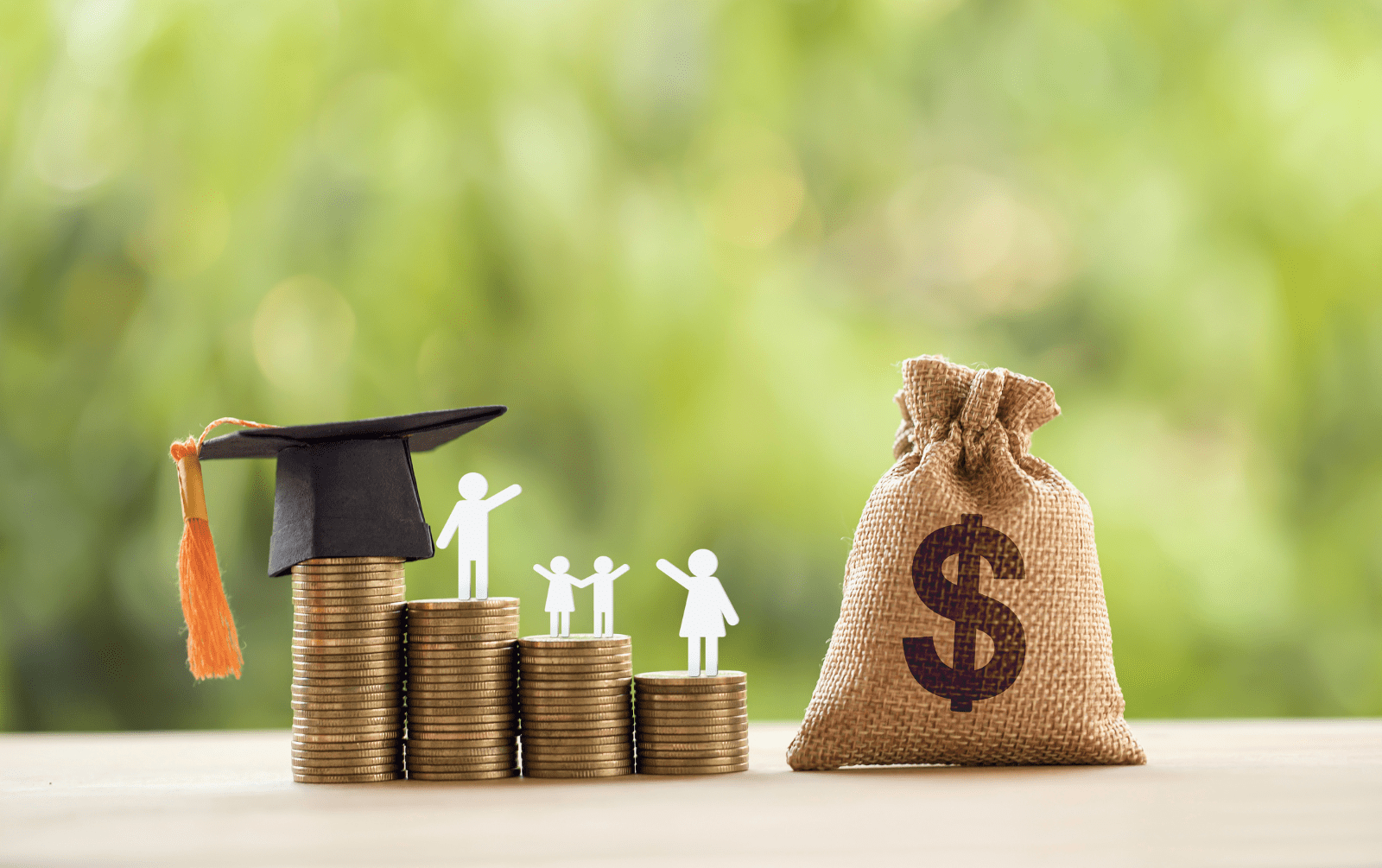
Get stories and expert advice on all things related to college and parenting.

By Tesha McMillon
We are a few weeks into the Fall 2023 academic year. Financial aid offices across the country have finalized financial aid award packages which may include grants, tuition discounts, scholarships, and Federal Work-Study along with student loans — an often misunderstood aspect of paying for college.
When student loans are included in a financial aid award, parents and students need to decide whether or not to borrow this money. Student loans are the only part of the financial aid package a student must repay. Therefore, the decision to "accept" or "decline" these loans shouldn't be taken lightly.
These are unprecedented times, and changes implemented by the U.S. Department of Education under both the Trump and Biden administrations are not likely to ever happen again. What changes? First, the moratorium on student loan payments has been extended again. The student loan moratorium began in March 2020 under the Trump administration and was extended three times. The Biden administration has now extended it a total of four times, and it is set to expire on December 31, 2022.
Additionally, on August 24, 2022, President Biden finally unveiled his student debt forgiveness plan. Those who have federally funded student loans and make less than $125,000 ($250,000 for couples) are eligible to have up to $10,000 of student debt erased. Pell recipients (lower-income students) can be eligible for up to $20,000 in relief.
NOTE: Debt relief only affects federal loan borrowers. Loans that are eligible for the payment pause and interest waiver are federal loans that are owned by the Department of Education. It does not include commercially held Federal Family Education Loan Program (FFELP) loans or private loans. The Education Department also owns some Federal Family Education Loan Program (FFELP) loans; however, most FFELP loans are held by commercial lenders. The Education Department has not announced a plan to include commercial FFELP loans yet. If you want to see if you qualify for the Student Debt Relief Plan, log into www.studentaid.gov to see if you were a Pell recipient and to check your loan type(s).
Students who were dependent in the 2021–2022 academic year would be eligible for relief based on their parent's income, not their own. Students who borrow for the 2022–2023 year may not benefit from this announcement, nor are they impacted.
The reality is that this is unlikely ever to happen again — and it may not happen at all if various lawsuits to stop it succeed. Therefore, the decision to borrow and borrow responsibly is more important than ever.
Your student has the right to accept or decline any or all of the financial aid being offered. However, if you do accept, please remember to borrow responsibly! Your student’s loan offer may vary based on the cost of attendance, their classification (freshman, sophomore, junior, senior), and whether they are a dependent. The student loan is the only part of the package the student is obliged to repay, so it’s important to borrow responsibly.
It means borrowing only what you need — don't over-borrow. To get a rough estimate of how much you’ll need to borrow, tally up tuition and fees, housing, books, supplies, and dining expenses, then subtract any other aid your student has received.
After your student graduates or leaves school for any reason, their monthly payment will be based on how much they have borrowed. Therefore, the more they borrow, the greater their payment will be.
Your student won’t just be paying back the principal — they’ll also be paying interest. Direct subsidized and unsubsidized federal student loans right now carry a fixed rate of 4.99 percent. Direct PLUS Loans, which parents can take out, charge 7.54 percent.[MA1]
Also, these loans accrue interest. If possible, avoid capitalizing interest — in other words, the lender adding outstanding interest to the principal balance — by making interest payments after the loans are disbursed.
All borrowed funds must be repaid, so make sure your student (or you) can afford to repay what they’re borrowing.
Well, you don’t until your student graduates and finds that first job. Generally, the monthly student loan payment shouldn’t exceed around 10 percent of projected after-tax income during the first year out of school.
So if you expect your student’s first job will pay about $30,000 a year, their monthly take-home will be a little more than $2,000. So they should keep the loan payment to around $200 a month. The repayment period is 10 years.
There are a lot of options for repayment — for example, income-based repayment, extended repayment (where the repayment period is extended to 25 years), and Pay As You Earn (PAYE). But there is no option not to repay.
Students will pay voluntarily or involuntarily through default, leading to wage garnishment, tax offset, and more unpleasant things. The feds can even keep your tax refund.
Become familiar with studentaid.gov if you decide to take out a federal student loan. This website will be your new best friend, as it keeps detailed records of loans borrowed, loan types, balance (both original and current), interest rates, and, most importantly, the servicer assigned to manage your loans.
Just keep in mind that the information it shows is based on the last time an update was reported. Therefore, it may not show the most recent data. Contact your loan servicer for the most updated information regarding your student loan indebtedness.
If you borrow responsibly while in college, you are better able to handle your student loan debt when you leave. Parents should work with their students to develop good financial health by developing healthy money management habits, including creating goals to minimize loan debt. One of the significant ways students can do this is by borrowing only what they need — borrowing responsibly!